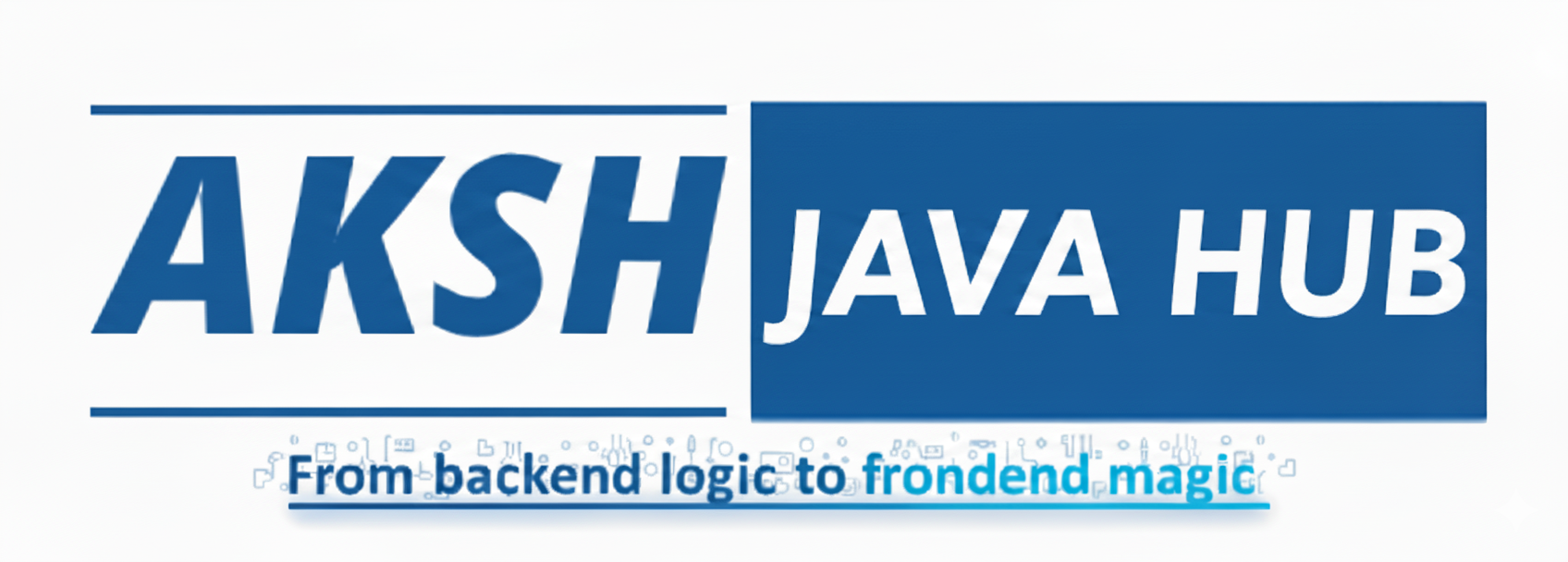Python Full Stack Developer Path
An end-to-end guide covering Python, Django, frontend technologies, and deployment.
1. Introduction to Python
Python is a high-level, interpreted programming language known for its clear syntax and readability. Created by Guido van Rossum and first released in 1991, its design philosophy emphasizes code readability with its notable use of significant indentation.
Python is dynamically typed and garbage-collected. It supports multiple programming paradigms, including structured (particularly, procedural), object-oriented, and functional programming.
# This is the traditional first program in Python.\nprint("Hello, World!")2. Setup & Environment
To start coding in Python, you need to install the Python interpreter from the official website (python.org). It's highly recommended to use a virtual environment for each project to manage dependencies separately. You can create one using `python -m venv myenv`.
3. Variables & Data Types
In Python, you don't need to declare a variable's type. The type is inferred at runtime. Core data types include `int` (integers), `float` (floating-point numbers), `str` (strings), `bool` (True/False), and `list`.
4. Control Flow
Control the flow of your program using conditional statements (`if`, `elif`, `else`) and loops (`for`, `while`). Python uses indentation to define blocks of code, which is a key feature of the language.
5. Functions
Functions are reusable blocks of code defined with the `def` keyword. They help organize your code, make it more readable, and reduce repetition. Functions can take arguments and return values.
6. Data Structures
Python's built-in data structures are powerful. `Lists` are mutable, ordered sequences. `Tuples` are immutable, ordered sequences. `Dictionaries` are unordered collections of key-value pairs.
7. String Manipulation
Strings in Python are immutable and come with a rich set of methods for manipulation, such as `.upper()`, `.lower()`, `.split()`, and `.join()`. F-strings (formatted string literals) provide a concise way to embed expressions inside string literals.
8. Modules and Packages
A module is a file containing Python definitions and statements. A package is a way of structuring Python's module namespace by using "dotted module names". The `import` statement is used to bring code from one module into another.
9. File I/O
Python makes it easy to read from and write to files. The `open()` function is used to get a file object. The `with` statement is the recommended way to handle files as it automatically closes them for you.
10. Exception Handling
Handle errors gracefully using `try...except` blocks. This allows you to catch runtime errors (exceptions) and execute code to handle them, preventing your program from crashing.
1. Object-Oriented Programming
Content for this topic will appear here.
2. Decorators
Content for this topic will appear here.
3. Generators
Content for this topic will appear here.
4. List Comprehensions
Content for this topic will appear here.
5. Lambda Functions
Content for this topic will appear here.
6. Virtual Environments & Pip
Content for this topic will appear here.
7. Working with APIs
Content for this topic will appear here.
8. Testing with PyTest
Content for this topic will appear here.
9. Concurrency
Content for this topic will appear here.
10. Packaging Projects
Content for this topic will appear here.
1. HTML5
Content for this topic will appear here.
2. CSS3 & Flexbox
Content for this topic will appear here.
3. JavaScript Basics
Content for this topic will appear here.
4. DOM Manipulation
Content for this topic will appear here.
5. ES6+ Features
Content for this topic will appear here.
6. APIs & Fetch
Content for this topic will appear here.
7. Intro to React
Content for this topic will appear here.
8. React Components & Props
Content for this topic will appear here.
9. React State & Hooks
Content for this topic will appear here.
10. React Routing
Content for this topic will appear here.
1. Introduction to Django
Content for this topic will appear here.
2. Models & ORM
Content for this topic will appear here.
3. Views & Templates
Content for this topic will appear here.
4. URL Routing
Content for this topic will appear here.
5. The Django Admin
Content for this topic will appear here.
6. Forms
Content for this topic will appear here.
7. User Authentication
Content for this topic will appear here.
8. Building REST APIs with DRF
Content for this topic will appear here.
9. Static Files & Media
Content for this topic will appear here.
10. Testing in Django
Content for this topic will appear here.
1. Introduction to SQL
Content for this topic will appear here.
2. PostgreSQL Setup
Content for this topic will appear here.
3. DDL & DML Commands
Content for this topic will appear here.
4. The SELECT Statement
Content for this topic will appear here.
5. SQL Joins
Content for this topic will appear here.
6. Aggregate Functions
Content for this topic will appear here.
7. Subqueries
Content for this topic will appear here.
8. Indexes
Content for this topic will appear here.
9. Normalization
Content for this topic will appear here.
10. Transactions & ACID
Content for this topic will appear here.
1. Git & Version Control
Content for this topic will appear here.
2. Introduction to AWS
Content for this topic will appear here.
3. Deploying with Gunicorn/Nginx
Content for this topic will appear here.
4. Docker Fundamentals
Content for this topic will appear here.
5. Containerizing a Django App
Content for this topic will appear here.
6. CI/CD with GitHub Actions
Content for this topic will appear here.
7. Cloud Databases (AWS RDS)
Content for this topic will appear here.
8. Object Storage (AWS S3)
Content for this topic will appear here.
9. Scaling Concepts
Content for this topic will appear here.
10. Monitoring & Logging
Content for this topic will appear here.
